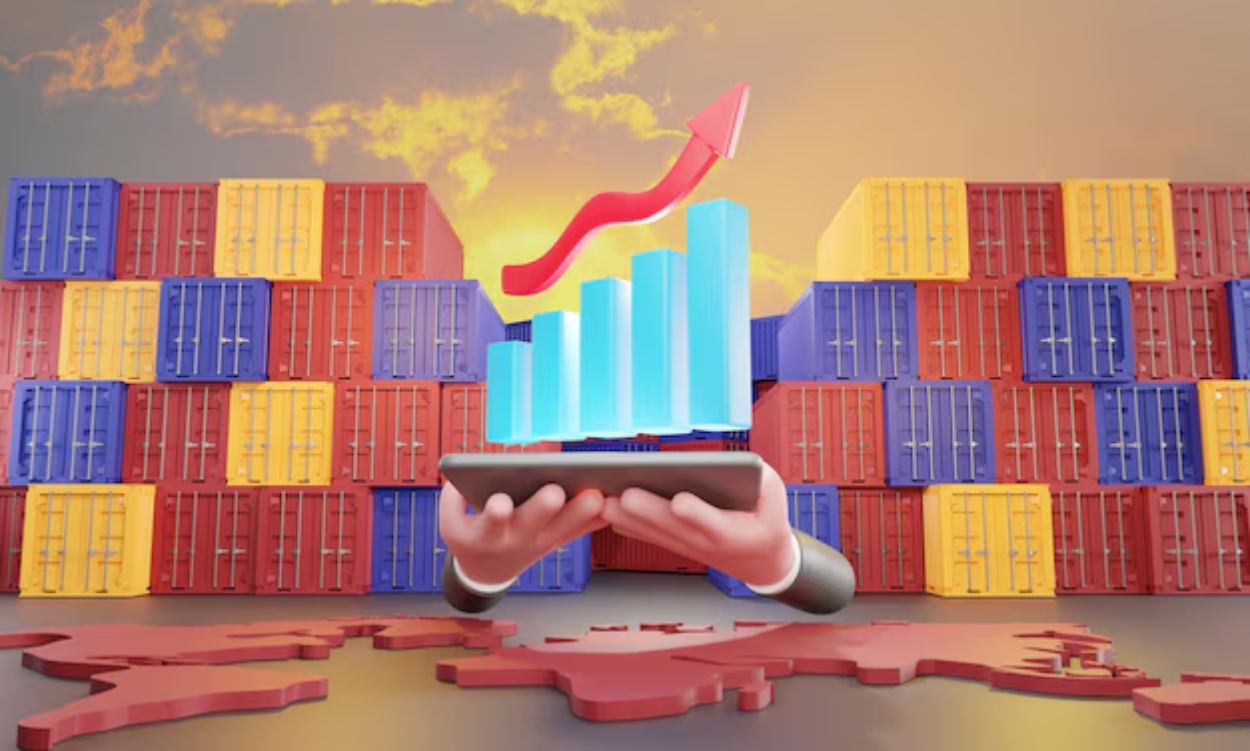Why Supply and Demand Drive Fluctuations in the CS2 Market

Anyone who’s been around CS2 for more than a week knows the market has a personality of its own. One day, your rifle skin feels like gold; the next, it’s barely worth a case key. People throw around theories—Valve is manipulating drops, bots are ruining everything, traders are playing 4D chess—but at the core, the story is much older and simpler: supply and demand.
The CS2 market isn’t all that different from the real-world economy. It’s just wrapped in cases, patterns, and pixels. When supply floods in, prices slide. When demand outpaces availability, values shoot up. Simple on paper, messy in practice.
Old Textbook Definition
If you skimmed your high school economics notes, you’ll remember this: supply means how much exists, demand means how much people want, and where those two meet is price.
That’s the supply and demand definition in its purest form. Translate it into CS2 or CSGO, and you don’t need a chalkboard—open the marketplace after a new case drops. Thousands of skins hit the shelves at once? CS2 skin prices fall. A rare knife barely trickles out? Suddenly, it’s worth more than your headset.
The beauty of the game market is that you can watch these forces happen live, like an experiment running in real time.
Why Skins Carry Weight Beyond Cosmetics
Skins don’t boost aim, recoil, or accuracy. A player with a default AK can still outshoot someone wielding a masterpiece of neon. So why the obsession?
It comes down to CSGO skin rarity and what it represents. Rare drops aren’t just pixels—they’re status. A factory-new Karambit with the correct pattern is basically a digital Rolex. It signals luck, wealth, or just persistence.
That’s why CSGO skin prices climb into the thousands. Scarcity squeezes supply, flex culture drives demand, and suddenly your inventory feels less like a locker and more like a stock portfolio.
New CS2 Skins: Chaos Every Time
Every major update that adds new CS2 skins is like throwing a grenade into the marketplace. The blast radius hits everything.
Collectors scramble. Some dump older items to grab the latest designs, flooding the CS2 skins market. Others hoard, betting the shiny drops will become tomorrow’s rare gems. Either way, prices swing.
It doesn’t just affect the new items either. An AK skin release can ripple into older AK designs. Sometimes they dip, because everyone’s distracted. Sometimes they spike, because collectors chase “full sets.” Prediction? Nearly impossible. That unpredictability is part of what keeps CS2 skin trading exciting—and maddening.
Looking at Your CSGO Inventory Value
Open your Steam inventory and you’re staring at a balance sheet. That CSGO inventory value isn’t static—it shifts daily, sometimes hourly. Think of it as a portfolio of digital assets, fragile but alive.
If you’ve dumped everything into knives, you’re riding a high-risk strategy. A slight dip in knife demand? Your whole value plummets. A safer route is balance: rifles, knives, gloves, mid-tier skins. Spreading out cushions against sudden drops.
Traders who treat their inventory this way tend to sleep more easily. They also understand timing. Knowing how to sell CSGO skins isn’t about impulse—it’s about patience. Selling into hype usually beats panic unloading.
Why CS2 Skin Prices Swing Like a Yo-Yo
Volatility is the lifeblood of this market. CS2 skin prices don’t move randomly; they react to events.
- Case retirements shrink supply, pushing up prices for whatever’s locked inside.
- Streamers showcase a skin and instantly flood demand.
- Pro players wield a specific weapon on stage, and suddenly it’s the talk of the scene.
Even subtle patches change flows—Valve adjusts drop rates, interest shifts, supply shifts. Unlike a stock market, where companies have quarterly reports, here the triggers are cultural and community-driven. That unpredictability is why CS2 skin trading feels more like speculation than investment.
Emotional Undercurrent
Numbers don’t explain everything. Behind every transaction is a player with attachment. Maybe they pulled their first knife on a lucky spin and promised themselves they’d never sell. Perhaps they bought a souvenir skin from a Major they stayed up all night to watch.
That emotional glue keeps certain items off the market entirely, reducing supply in ways spreadsheets can’t measure. It also explains why some people ignore falling prices—they’re not chasing value; they’re holding memories. In a way, this layer of sentiment makes the CS2 skins market more human than traditional finance.
Selling Without Regret

Plenty of players ask how to cash out smart. The basics don’t change:
- Timing matters. Don’t sell into a slump; wait for spikes.
- Pick the right platform. The Steam Market is safe, but it only gives wallet credit. Sites like Market CSGO skins or Market CSGO items offer cash, with fees and some risk.
- Patience beats panic. A dip doesn’t always mean a permanent slide.
Most regretted stories come from rushing. If you treat it like trading cards—waiting, watching, reading the room—you’re less likely to walk away disappointed.
Final Conclusion
The supply and demand definition sounds dry in a classroom. In the context of CS2 and CSGO, it’s anything but. It explains why your CSGO inventory value rises and falls, why new CS2 skins spark chaos, and why CS2 skin prices sometimes look irrational from the outside.
The truth is, the line between “real” markets and gaming economies has blurred. These aren’t just digital items; they’re commodities shaped by rarity, culture, and the psychology of millions of players. Each fluctuation is a tiny lesson in economics, played out in cases and skins instead of oil barrels or gold bars.
So the next time your inventory tanks or spikes, don’t just blame Valve or bots. Remember: you’re part of a global experiment in digital economics. And sometimes, the invisible hand wears gloves… factory new, of course.
